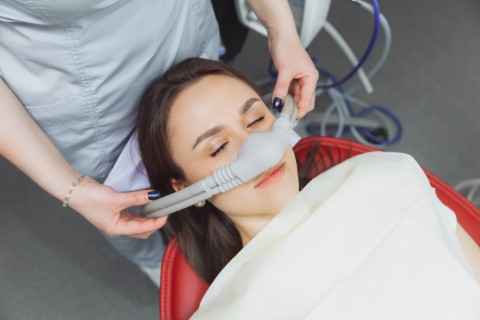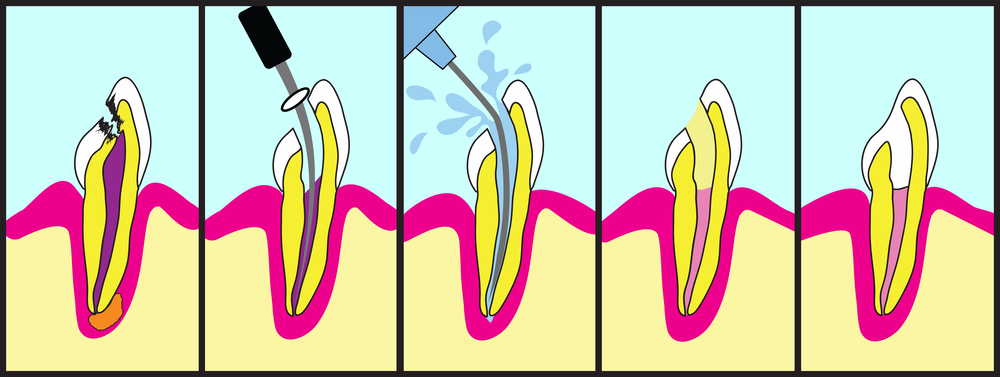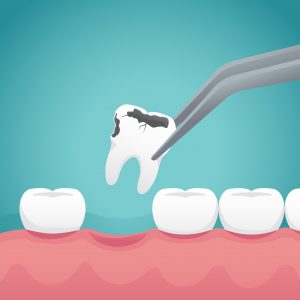Sedation dentistry has become an increasingly popular choice for individuals who experience anxiety or discomfort during dental procedures. If the thought of visiting the dentist makes you nervous, or if you have a low pain threshold, sedation dentistry might be the ideal solution. This approach can make your dental visit more comfortable and stress-free, allowing you to receive necessary treatments without the usual fears. In this article, we’ll explore what sedation dentistry is, the types of sedation available, who can benefit from it, and why it’s becoming an essential part of modern dental care.
What is Sedation Dentistry?
Sedation dentistry involves the use of medication to help patients relax during dental procedures. It is sometimes referred to as “sleep dentistry,” although this term is not entirely accurate. In most cases, patients remain awake but feel extremely relaxed. Sedation can range from minimal, where you are awake but relaxed, to deep, where you are on the edge of consciousness but can still be awakened.
The key goal of sedation dentistry is to make dental procedures more comfortable for patients, especially those who experience fear, anxiety, or discomfort at the dentist. It can be used for various procedures, ranging from routine cleanings to more complex treatments like root canals or extractions.
Types of Sedation in Dentistry
There are several types of sedation used in dental practices. Each has a different level of intensity, and the choice depends on the patient’s needs and the complexity of the dental procedure.
- Nitrous Oxide (Laughing Gas): This is a mild sedative, and one of the most common forms of sedation used in dentistry. Nitrous oxide is administered through a mask, and it helps patients feel relaxed and at ease. The effects wear off quickly, allowing patients to drive themselves home after the procedure.
- Oral Sedation: With oral sedation, patients take a pill, typically in the benzodiazepine family, like Valium or Halcion. Depending on the dosage, oral sedation can range from minimal to moderate. Patients may feel drowsy but will remain awake and responsive.
- IV Sedation: This form of sedation is administered directly into a vein, allowing the dentist to adjust the level of sedation as needed throughout the procedure. IV sedation is typically used for more invasive procedures and provides a deeper level of relaxation.
- General Anesthesia: This is the deepest form of sedation, where patients are completely unconscious during the procedure. General anesthesia is usually reserved for very complex or long procedures and is typically administered in a hospital setting.

Who Can Benefit from Sedation Dentistry?
Sedation dentistry can benefit a wide range of patients, particularly those who experience:
- Dental Anxiety: Fear of the dentist is common. Sedation helps patients relax and feel less anxious during their visit.
- Sensitive Teeth or Gag Reflex: Patients with sensitive teeth or a strong gag reflex often find dental procedures uncomfortable. Sedation can minimize these sensations.
- Low Pain Threshold: If you have a low tolerance for pain, sedation can ensure you remain comfortable throughout the procedure.
- Complex Dental Work: For lengthy or complex procedures, sedation can make it easier for patients to remain still and comfortable for extended periods.
- Children: Pediatric dentists may recommend sedation for children who are anxious or unable to sit still for dental procedures.
Advantages of Sedation Dentistry
- Reduced Anxiety: The primary benefit of sedation dentistry is that it significantly reduces anxiety. Patients can undergo dental treatments without the stress and fear that often accompany a trip to the dentist, like the people at https://fentonfamilydental.com/clinton/
- Increased Comfort: Sedation allows for a pain-free experience, making it ideal for individuals who may have previously avoided dental care due to discomfort.
- Efficiency: For more complex dental treatments, sedation can make it easier for the dentist to work quickly and efficiently, as the patient is relaxed and still.
- Multiple Procedures in One Visit: With sedation, patients can often undergo several procedures in one appointment, reducing the number of visits required.
Is Sedation Dentistry Safe?
Sedation dentistry is generally safe when administered by a trained professional. Dentists who offer sedation must have special training and certification to ensure they can safely monitor and care for their patients. Before sedation, your dentist will review your medical history, allergies, and current medications to determine the best form of sedation for you.
Conclusion
Sedation dentistry is a valuable option for anyone who experiences anxiety, discomfort, or difficulty during dental visits. By providing a calm, relaxed experience, it ensures that patients can receive necessary dental care without fear or pain. Whether you require a simple cleaning or a more complex procedure, sedation dentistry can make your next visit to the dentist much more pleasant.
If dental anxiety has kept you from seeking the care you need, consider talking to your dentist about sedation dentistry options. It’s an effective way to improve your oral health without the added stress!



 y surgical procedure carried out in or around your mouth and jaw area. This type of surgical procedure is usually performed by a professional dental expert who’s very educated and skilled to carry out these certain types of oral surgeries. The facts remain true that there are many kinds of oral surgery today.
y surgical procedure carried out in or around your mouth and jaw area. This type of surgical procedure is usually performed by a professional dental expert who’s very educated and skilled to carry out these certain types of oral surgeries. The facts remain true that there are many kinds of oral surgery today.
